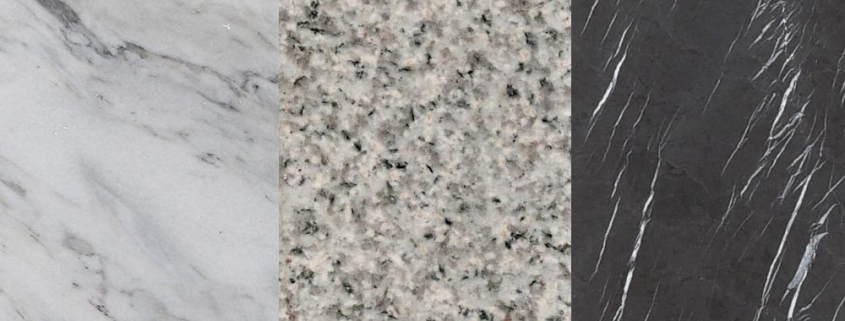General classification of building stones
Building stones are classified based on 3 structural characteristics:
- Based on specific weight: stones with a weight of more than 1.8 grams per cubic centimeter are called heavy stones and stones with a weight of less than 1.8 grams per cubic centimeter are called light stones.
- Based on pressure resistance: heavy stones have a pressure resistance between 100 and 1000 MPa and light weight stones have a pressure resistance between 4 and 100 MPa.
- Based on the softening coefficient: If the stone has a degree of softening coefficient between 0.6 and 1, it can be considered as a building stone and used in building constructions.
Foundation stones
For the foundation of the buildings, which is located on the ground level and underground, stones with a softening coefficient of more than 0.7 should be used. Also, stones that don’t contain clay or non-homogeneous minerals should be used. According to these points, granite stones are a suitable option for use in the foundation of the building.
Stone wall
For the construction of stone walls, igneous, sedimentary or metamorphic stones should be used that have the following characteristics:
- Stones that their pressure resistance is between 0.04 and 50 MPa.
- Stones that their specific weight is between 0.9 and 2.2 grams per cubic centimeter.
- Stones that their softening coefficient is between 0.6 and 0.7.
Facade and paving stones
All igneous, metamorphic and sedimentary stones that have the following features can be used in façade and paving stones:
- Stones that their pressure resistance is more than 5 MPa.
- Stones that their softening coefficient is between 0.7 and 1.
- There should be no cracks in the stone.
- There should be no harmful minerals in the stone.









Leave a Reply
Want to join the discussion?Feel free to contribute!